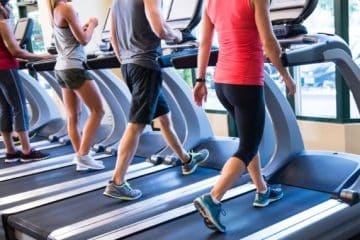You might have an oblique strain if you're experiencing pain and discomfort in your side or abdominal area.
This condition, typical among athletes and active individuals, results from sudden movements or overuse. The symptoms include pain, tenderness, and muscle tightness.
Our article delves into the causes and symptoms of oblique strains, providing insights into effective treatment options.
You'll learn to alleviate pain, promote healing, and prevent further oblique muscle injuries. With the right knowledge and tools, you can instantly recover and return to your active lifestyle without being sidelined by an oblique strain.
What are Oblique Muscles?
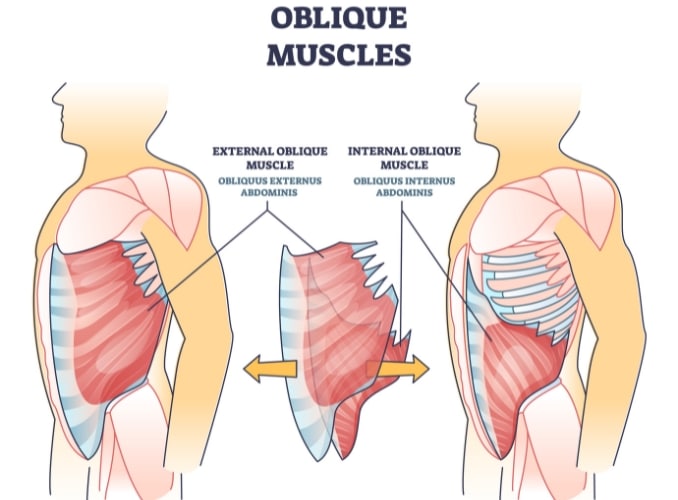
The oblique muscles comprise a muscle group on the abdomen's lateral sides. They are primarily involved in bending and twisting the torso. There are two sets of oblique muscles:
- External Oblique Muscles: These are situated on the outer surface of the sides of the abdomen, reaching from the lower ribs to the pelvis. They are the largest and most superficial of the abdominal muscles. When contracted, the external obliques help rotate the torso and pull the chest downwards, compressing the abdominal cavity.
- Internal Oblique Muscles: The internal oblique musculature lies just below the external obliques, running perpendicular to them. It is inside the hip bones and extends from the lower ribs to the pelvic region. The internal obliques work alongside the external obliques to rotate the spine, aid in forced respiration, and help in abdominal compression.
Both sets of oblique muscles play crucial roles in stabilizing the abdomen, maintaining posture, and supporting the spine. They are essential for various physical activities involving twisting, bending, and everyday movements and balance.
What is an Oblique Strain?
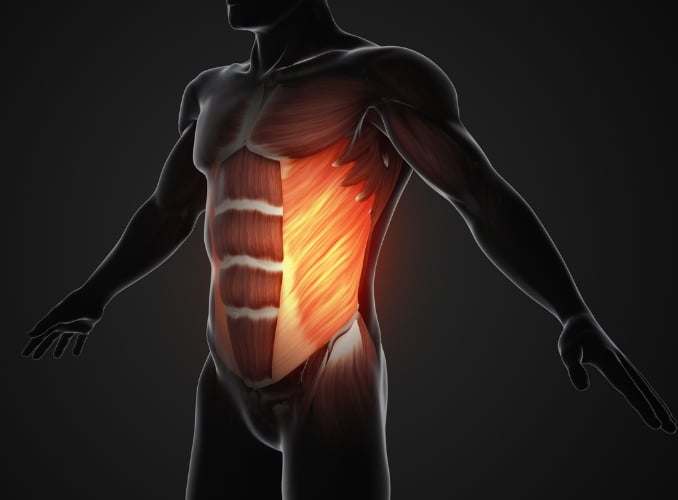
An oblique strain is a typical injury that affects the muscles on the side of your abdomen. These muscles, called the obliques, play a crucial role in stabilizing your core and assisting with movements such as twisting and bending. Excessive stress or force can strain these muscles, causing pain and discomfort.
- What does oblique strain feel like?
The sensation of an oblique strain can vary from person to person. Some individuals may experience a sudden sharp pain during physical activity, while others may notice a gradual onset of discomfort that worsens over time. The pain is often shown as a dull ache or tightness in the affected area. - Where does oblique strain hurt?
The pain and tenderness between the lower ribs and hip bone, worsening during movements like twisting, coughing, or sneezing, indicate an internal oblique muscle strain. Alternatively, an external oblique strain typically presents with sharp pain across the side and front of the abdomen, possibly accompanied by visible swelling or bruising. Both conditions are managed with rest, ice, compression, and elevation, followed by physical therapy to facilitate recovery and prevent re-injury.
Common Causes of Oblique Strains
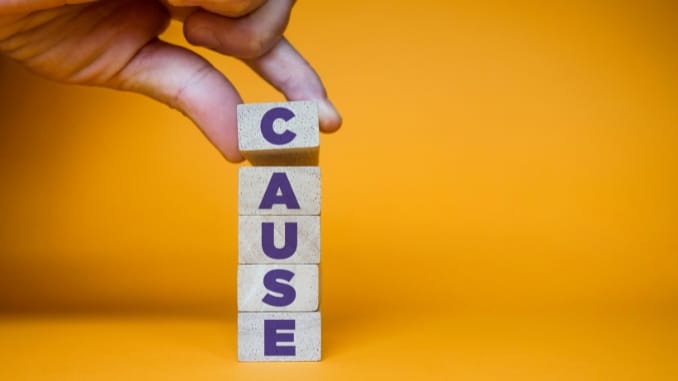
Oblique strains can occur for various reasons, with sudden movements and overuse being the most common causes. Here are some factors that can contribute to the development of an oblique strain:
- Sudden movements: A sudden, forceful twisting or bending motion can strain the oblique muscles. This can happen during activities like swinging a golf club, throwing a baseball, or performing certain yoga poses without proper form.
- Overuse: Repeated movements involving the oblique muscles without adequate rest can lead to strain over time. This is often seen in athletes like tennis players or golfers who perform repetitive twisting or rotational movements.
- Poor conditioning: Weak or imbalanced core muscles can stress the obliques more, making them more susceptible to injury. Lack of proper conditioning and core strength can increase the risk of strain during physical activities.
Symptoms and Signs of an Oblique Strain
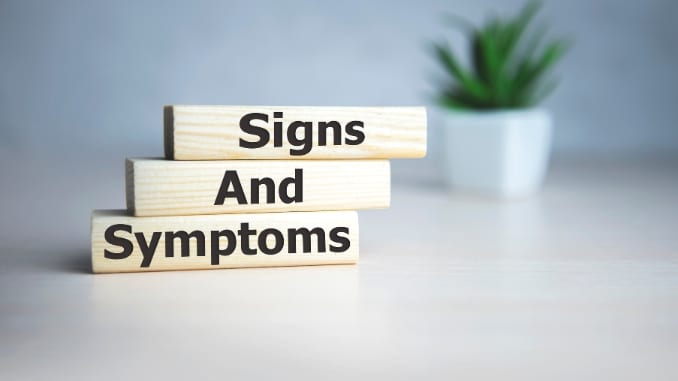
Recognizing the symptoms and signs of an oblique strain is essential for early detection and appropriate treatment. Here are some common indicators that you may be dealing with an oblique strain:
- Pain: The most obvious symptom of an oblique strain is pain in the affected area. Depending on the extent of the strain, the oblique muscle pain may range from mild to severe. It is typically localized on the side of the abdomen and may worsen with certain movements or activities.
- Tenderness: Touching the affected area may cause tenderness, and pressing on the strained site could provoke discomfort or pain.
- Muscle tightness: Oblique muscle strains can cause the muscles [1] in the affected area to feel tight or stiff. Your range of motion may be restricted, and movements requiring engagement of the obliques might become difficult and painful.
- Bruising or swelling: In more severe cases, an oblique strain may result in bruising or swelling around the injured area. This usually indicates a more significant tear or rupture in the muscle fibers.
Diagnosis of Oblique Strains
Seeking medical attention for a suspected oblique strain is essential for an accurate diagnosis. A healthcare provider, such as a sports medicine physician or physical therapist, will thoroughly assess the injury's severity.
This evaluation involves questioning about symptom onset, pain characteristics, and potential triggers, as well as performing physical examinations to assess muscle strength, flexibility, and range of motion. In some instances, imaging tests such as ultrasound or MRI may be advised to visualize the muscles and eliminate alternative sources of pain.
Treatment Options for Oblique Strains
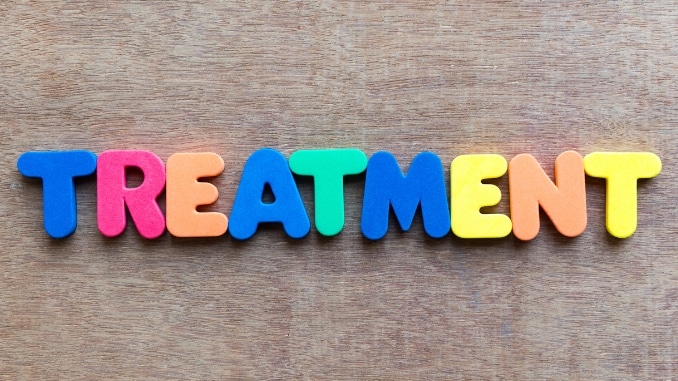
Treating an oblique strain effectively is crucial for a quick recovery and to prevent further damage. Here are some recommended treatment options for oblique strains:
- Rest: Initially, it's vital to rest the affected area to reduce inflammation and avoid exacerbating the injury. Avoid activities that cause pain or discomfort.
- Ice Therapy: Applying ice to the injured area for 20 minutes every few hours during the first 48-72 hours can help reduce swelling and numb the pain. To prevent direct contact with the skin, it's important to always wrap the ice in a cloth before applying it.
- Compression: Using an elastic bandage or abdominal binder can provide support and help reduce swelling.
- Elevation: If possible, keep the injured area elevated to help reduce swelling.
- Pain Relief Medication: Alleviate pain and inflammation with the help of over-the-counter pain relievers like ibuprofen or acetaminophen. Always follow the dosage instructions or consult a healthcare provider.
- Physical Therapy: Once the acute pain subsides, physical therapy can be very beneficial. A physical therapist can design a program to strengthen the oblique muscles and improve flexibility, which can help prevent future injuries.
- Gradual Return to Activity: Returning to normal activities is important as the pain allows gradually. Start with light stretching and strengthening exercises and slowly build up the intensity, ensuring not to rush the process.
- Heat Therapy: Applying heat can be beneficial after the initial inflammation decreases. Heat can help relax and loosen tissues and stimulate blood flow to the area.
- Manual Therapy: Techniques such as massage therapy can help alleviate pain, reduce stiffness, and improve range of motion once the initial acute phase is over.
- Preventive Measures: Incorporating exercises that strengthen the core and improve flexibility into your regular fitness routine can help prevent the recurrence of oblique strains by reinforcing the oblique abdominal wall insertion points, enhancing stability and movement efficiency in the torso.
Always consult with a healthcare professional to tailor treatment to your specific needs, especially if the symptoms persist or if you experience severe pain.
Rest and Recovery for Oblique Strains
Rest is crucial in the early stages of an oblique strain to allow the injured muscles to heal. Avoid activities that aggravate the pain and refrain from strenuous exercises or movements involving the oblique muscles.
During the rest and recovery phase, applying ice packs to the affected area for 15-20 minutes at a time, several times a day, can help reduce pain and inflammation. Before applying the ice pack, it is important to wrap it in a thin towel or cloth to protect the skin.
Physical Therapy Exercises for Oblique Strains
Once the initial pain and inflammation subside, physical therapy exercises can be introduced to promote healing and restore muscle strength. A qualified physical therapist can guide you through a customized rehabilitation program tailored to your needs.
These exercises may include gentle stretching, range of motion, and progressive strengthening exercises targeting the oblique muscles. It's important to perform these exercises under the supervision of a professional to ensure proper form and prevent further injury.
Prevention Strategies for Oblique Strains
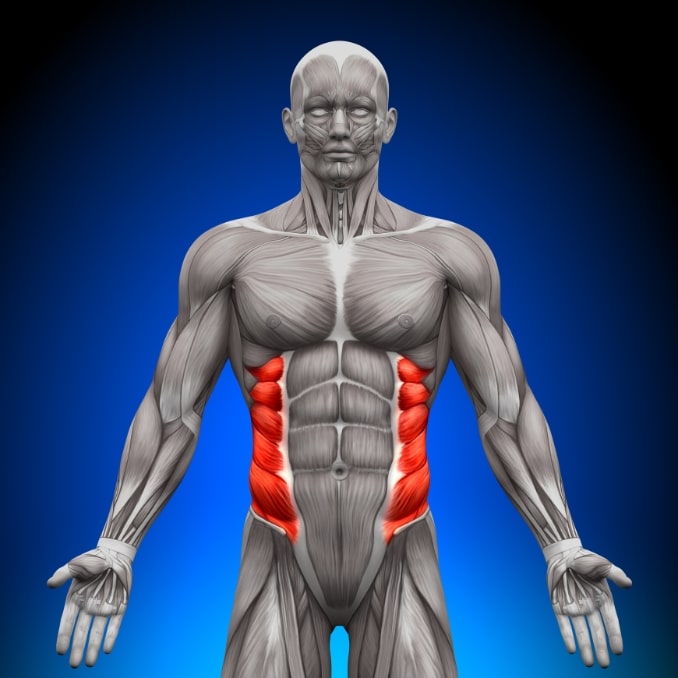
Preventing oblique strains involves addressing the underlying factors that contribute to the injury. Here are some strategies to help reduce the risk of developing an oblique strain:
- Proper warm-up: Always warm up before engaging in physical activity or exercise. A dynamic warm-up routine that includes movements targeting the core and oblique muscles can prepare your body for the demands of the activity.
- Gradual progression: Avoid sudden increases in the intensity or duration of physical activities. Gradually progress your training or exercise routine to allow your muscles to adapt and become stronger.
- Core conditioning: Incorporate regular core strengthening exercises [2] into your fitness routine. Exercises such as plank variations, Russian twists, and side planks can help improve the strength and stability of your oblique muscles.
- Proper technique: When participating in sports or activities involving twisting or rotational movements, ensure you use proper technique and body mechanics. Seek guidance from a qualified coach or trainer to ensure you are performing movements correctly.
When to Seek Medical Attention for an Oblique Strain
While most oblique strains can be managed with rest and conservative treatment, there are instances where medical attention should be sought. If you experience any of the following symptoms, it is advisable to consult a healthcare professional:
- Severe pain: If the pain is severe and persistent, despite conservative measures, it may indicate a more significant injury, such as a muscle tear or rupture, that requires medical intervention.
- Inability to bear weight or perform daily activities: If the strain interferes with your ability to bear weight on the affected side or perform daily activities, it is important to seek medical attention for a thorough evaluation.
- Persistent swelling or bruising: If the swelling or bruising worsens or fails to improve over time, it may indicate a more severe injury that requires medical assessment.
- Recurrent or chronic oblique strains: If you have a history of recurrent or chronic ones, it is advisable to consult a healthcare professional for a comprehensive evaluation and develop a long-term management plan.
Conclusion: The Importance of Proper Care and Treatment for Oblique Strains
Oblique strains can be painful and debilitating, but a full recovery is possible with proper care and treatment. Understanding the causes, symptoms, and treatment options for oblique strains is crucial for early detection and appropriate management.
By implementing prevention strategies, listening to your body, and seeking medical attention when necessary, you can minimize the risk of oblique strains and ensure a safe and successful return to your favorite activities.
Remember, your health and well-being are the top priority. Take the time to rest, rehabilitate, and strengthen your body to prevent future injuries and enjoy a lifetime of physical activity.
Recovery Workouts is designed to significantly reduce your “day after” muscle soreness and stiffness, speed up your recovery so you can workout again sooner, help you quickly regain your range-of-motion, mobility and flexibility so you can perform better and get better results in your next workout, and even prevent injuries… all within just a few minutes! So check out this Recovery Workouts now!




